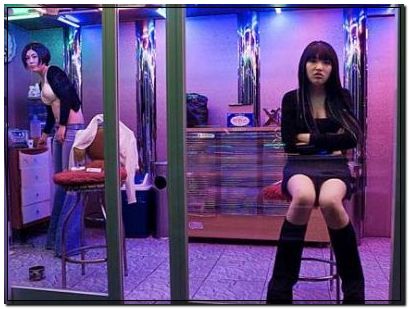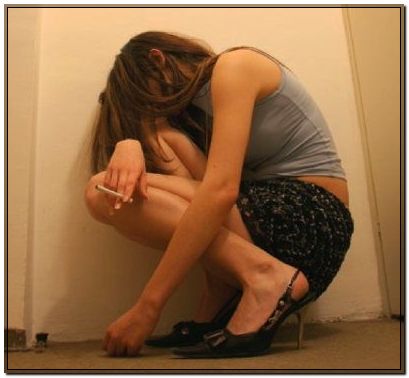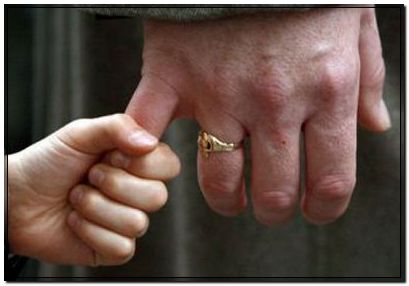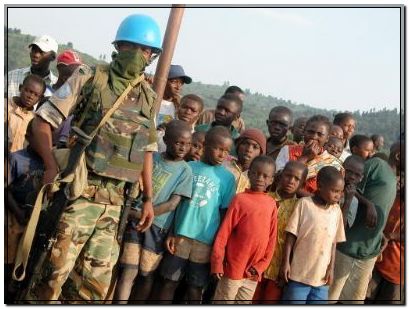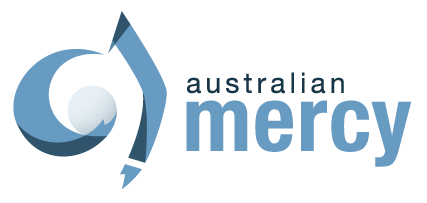Sex Trafficking
Sex trafficking is part of the larger problem of human trafficking. People can be trafficked for many reasons such as; the provision of cheap labour, slavery, migrant smuggling, the harvesting of body organs or for involvement in the worldwide sex industry.
Sex trafficking then can be defined as human trafficking for the purpose of commercial sexual exploitation. Whilst the other forms of trafficking may involve forms of sexual abuse, sex trafficking is expressly for the purpose of commercial gain. It can involve the children and adults both male and female. However, the vast majority of those who are trafficked are women, with the UN estimating that up to 83% of those who are trafficked in the sex trade are women. In the US, the legal definition of sex trafficking includes the exploitation of anyone under 18 involved in commercial sex.
The United Nations defines sex trafficking as;
“… the recruitment, transportation (within national or across international borders),transfer, harboring, or receipt of persons for the purposes of commercial sexual exploitation. Sexual trafficking is accomplished by means of fraud, deception, threat of or use of force, abuse of a position of vulnerability, and other forms of coercion.
Sex trafficking is attractive to organized crime groups because of its high profitability. Although organized crime is seen as mainly a man’s domain some statistics suggest that a higher proportion of women are involved in the actual organization of sex trafficking networks than other kinds of organized crime.
It is estimated that more than two million people worldwide are being trafficked each year, the majority of whom are women and children. Within the Southeast Asian region alone, over 225,000 are transported across borders, according to United States State Department statistics.
(The UN estimates that 79% of all trafficking victims are for sexual exploitation.)
Women who are trafficked into the sex industry are used for prostitution, stripping, peep and touch shows, are forced to appear in pornographic movies and magazines, or to work in massage parlours that offer a variety of sexual services. Many die from STD and HIV / AIDS infections. Women make up over 60 per cent of 15- to 24-year-olds living with HIV/AIDS. Globally, young women are 1.6 times more likely to be living with HIV/AIDS than young men.
Children that are trafficked are usually fodder the paedophiles who flock to the child sex capitals of the world in order to rape and molest children who in some cases are the same age as their own children or grand children.
Sex trafficking exists in most countries, and needs to be stamped out. In order to address sex trafficking issues on a governmental level the UN has laid down minimum legislative standards that create an environment in which organized sex trafficking operations find it hard to operate and courts are empowered to hand down harsh penalties to traffickers. Recent press articles suggest that one of the slowest countries to respond to this issue is India. According to the article the Indian government does not fully comply with the Trafficking Victims Protection Act’s (TVPA) minimum standards. Recently the US State Department have also singled out Singapore, Thailand and Vietnam as states that have regressed in their efforts to battle trafficking of men, women and children for labor or commercial sex.
Countries usually fall into two categories, source countries that provide those who are being trafficked, and countries that are service providers, who run the brothels. (Some countries do both, exploiting their own people in smaller, poorer communities in order to service brothels in large cities.) Thailand would be an example of a service provider and Myanmar (Burma) is an example of of a source country.
Burma is a major contributor to the problem of sex trafficking in Asia. According to a report issued by the UNHCR Burma is a source country for women, children, and men trafficked for the purpose of forced labour and commercial sexual exploitation. Burmese women and children are trafficked to Thailand, China, Bangladesh, India, Pakistan, Malaysia, and South Korea for commercial sexual exploitation, domestic servitude, and forced labour.
Sex trafficking however is not just the domain of rogue governments and organized crime it has also tainted agencies such as the United Nations! On three separate occasions the Australian media have run articles about brothels in East Timor that were serviced by both local and trafficked women from Indonesia, Thailand and China. An East Timorese investigation found that some of these under age girls were working in a brothel frequented by UN staff.
But the problem is bigger than East Timor. Peace keepers in other situations have been accused of similar offences; and instances of the sexual abuse of women and children have been reported.
It seems that some international aid workers leave the field to return home having fathered children, spread sexually transmitted diseases (including HIV),and having abused and humiliated local women in the very countries they were sent to help.
The question needs to asked, as to how we reduce the demand for prostitution so that we can eliminate the horror of sex trafficking?
Sex trafficking is a crime against humanity. Deportation or forcible transfer of population, rape or other sexual abuse of comparable gravity, or enforced prostitution, enforced disappearance of persons, detention and imprisonment or deprivation of liberty in violation of international law are listed as Crimes Against Humanity on the UN International Criminal Court website.
-
Recent Tweets @donnamcdermid
-
'If you set out to be liked, you would be prepared to compromise on anything at any time, and you would achieve... http://t.co/PQznrDpd0S 12 years ago
-
'The future is something which everyone reaches at the rate of sixty minutes an hour, whatever he does, whoever... http://t.co/9QIRoWx7sw 12 years ago
-
I just posted Child Birth – Solar Suitcases, read it here: http://t.co/Onx4uIKQ9k 12 years ago
-

